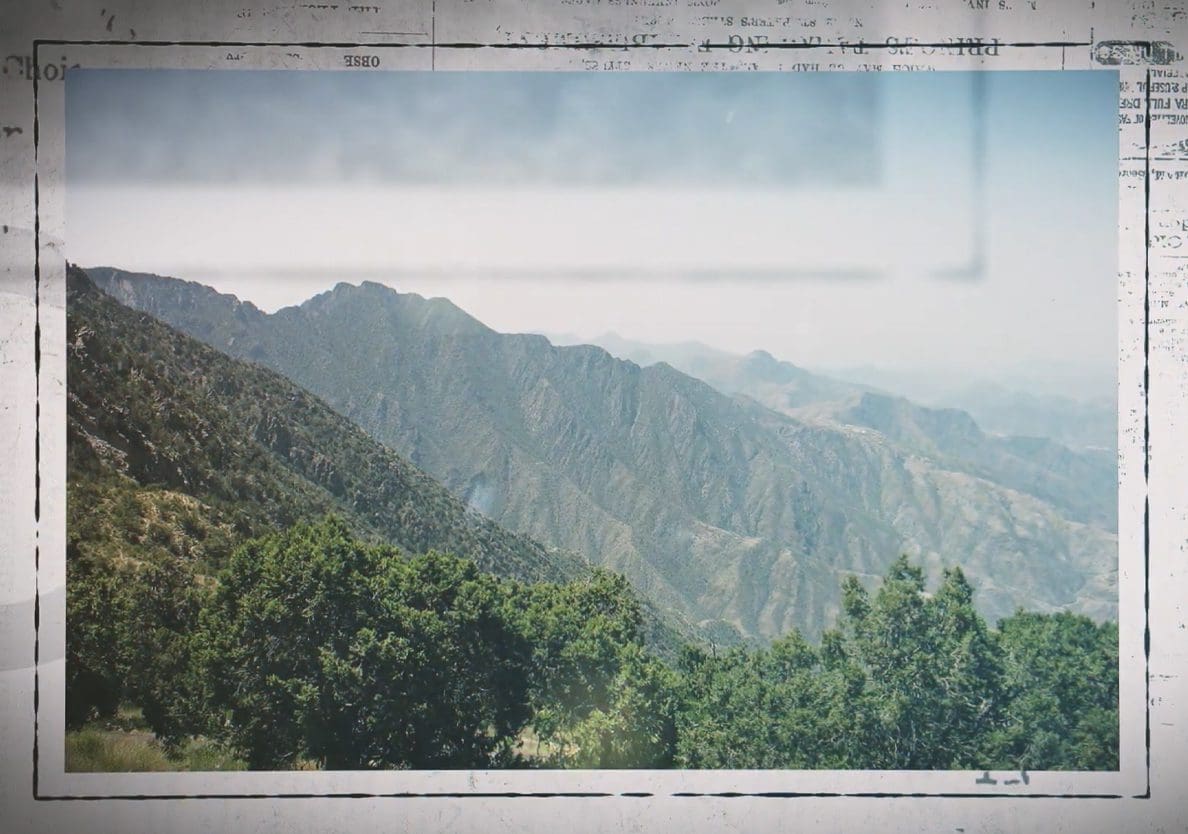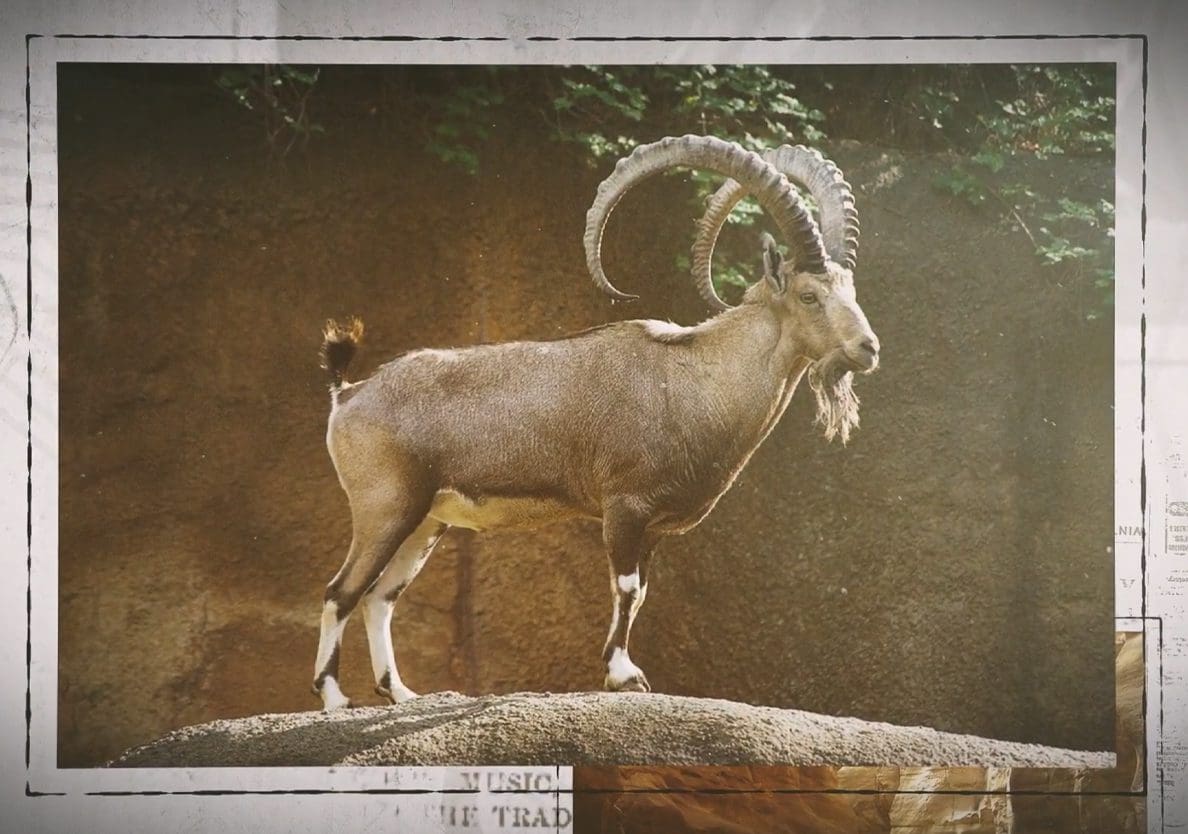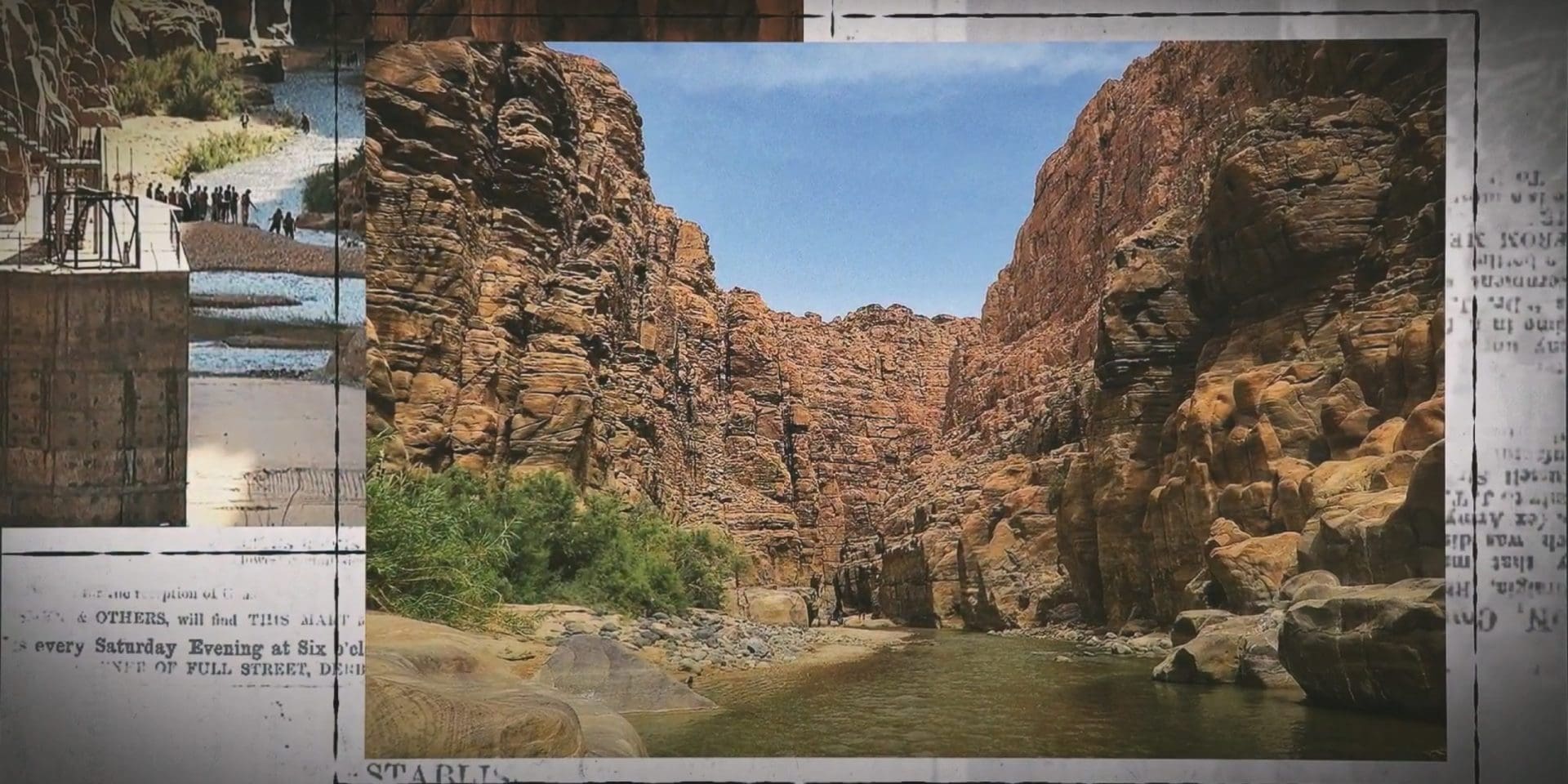Since very ancient times, the river Arnon has played an important role as a territorial border. In fact, the Bible first mentions the Arnon as the boundary line between the Moabites and Ammonites (Numbers 21:13) and would prove to be a key location for many years to come.
This incredibly unique river system begins high up in the hills of northern Arabia before coursing westward down through a deep narrow gorge[1] that eventually empties into the Dead Sea which is the lowest place on the earth at 410 meters below sea level. Since the Arnon is 900 meters above sea level at its highest point this means that it has a variation in elevation of 1,300 meters (4,300 feet). Also adding to its flow is a network of seven connecting tributaries referred to as the “valleys of the Arnon” in the Biblical narrative (Numbers 21:14).[2]
“They set out from there and camped alongside the Arnon, which is in the wilderness extending into Amorite territory.”
Numbers 21:13 (NIV)
Although this river has since dried up into a wadi, now called the Wadi Mujib, “The ancient importance of the river and of the towns in its vicinity is attested by the numerous ruins of bridges, forts, and buildings found upon or near it. Its fords are alluded to by Isaiah (Is. 16:2). It’s ‘heights,’ crowned with the castles of chiefs, were also celebrated in Numbers 21:28. Military campaigns in the wadis of the Arnon form part of the subject matter of the [now lost] ‘Book of the Wars of the LORD’ (Numbers 21:14)”[3],[4] and there’s even remains of an old Roman road and bridge.[5]


But the Arnon hasn’t only been a hot spot for humans; it’s also home to large amounts of wildlife. Because of its extreme changes in elevation, combined with the valley’s year-round water flow from its seven tributaries, the Arnon enjoys a magnificent biodiversity that is still being explored and documented to this day. So far over three hundred species of plants, ten species of carnivores, and numerous species of permanent and migratory birds have been recorded. Some of the remote mountain and valley areas are difficult to reach and thus offer safe havens for rare species of cats, goats, and other mountain animals[6] such as the striped Hyena, the Syrian wolf, the Caracal Mountain cat, and one of the most endangered animals of the Arnon, the Nubian ibex, which is a large mountain goat that became threatened as a result of over-hunting.[7],[8] And despite the fact that the surrounding geography is mostly desert, the slopes of the mountainous land are very sparsely vegetated, with a steppe-type vegetation on plateaus. The less severe slopes are actually used by shepherds for the the grazing of sheep and goats. Furthermore, groundwater seepage does occur in places along the Dead Sea shore, for example at the hot springs of Zara, which support a luxuriant thicket of Acacia, Tamarix, Phoenix and Nerium, as well as a small marsh.[9]
Truly the Arnon has been and continues to be an important place on planet earth.

Ryan Hembree is a daily co-host, speaker, and writer of Bible Discovery. He also hosts a YouTube channel that shows the unity of the Bible and how science and Scripture fit together. Ryan also has an honorary Masters of Ministry in Creation Science from Phoenix University of Theology.
[1] This gorge is only two meters wide at the top and 100 feet wide at the bottom.
[2] Encyclopedia of the Bible, Arnon.
[3] Randall Price, Zondervan Book of Biblical Archaeology, 104.
[4] Wadi Mujib, https://en.wikipedia.org/wiki/Wadi_Mujib.
[5] Encyclopedia of the Bible, Arnon.
[6] Wadi Mujib, https://international.visitjordan.com/Wheretogo/Wadi%20Mujib.
[7] Randall Price, Zondervan Book of Biblical Archaeology, 103.
[8] Wadi Mujib, https://en.wikipedia.org/wiki/Wadi_Mujib.
[9] Wadi Mujib, https://en.wikipedia.org/wiki/Wadi_Mujib.






